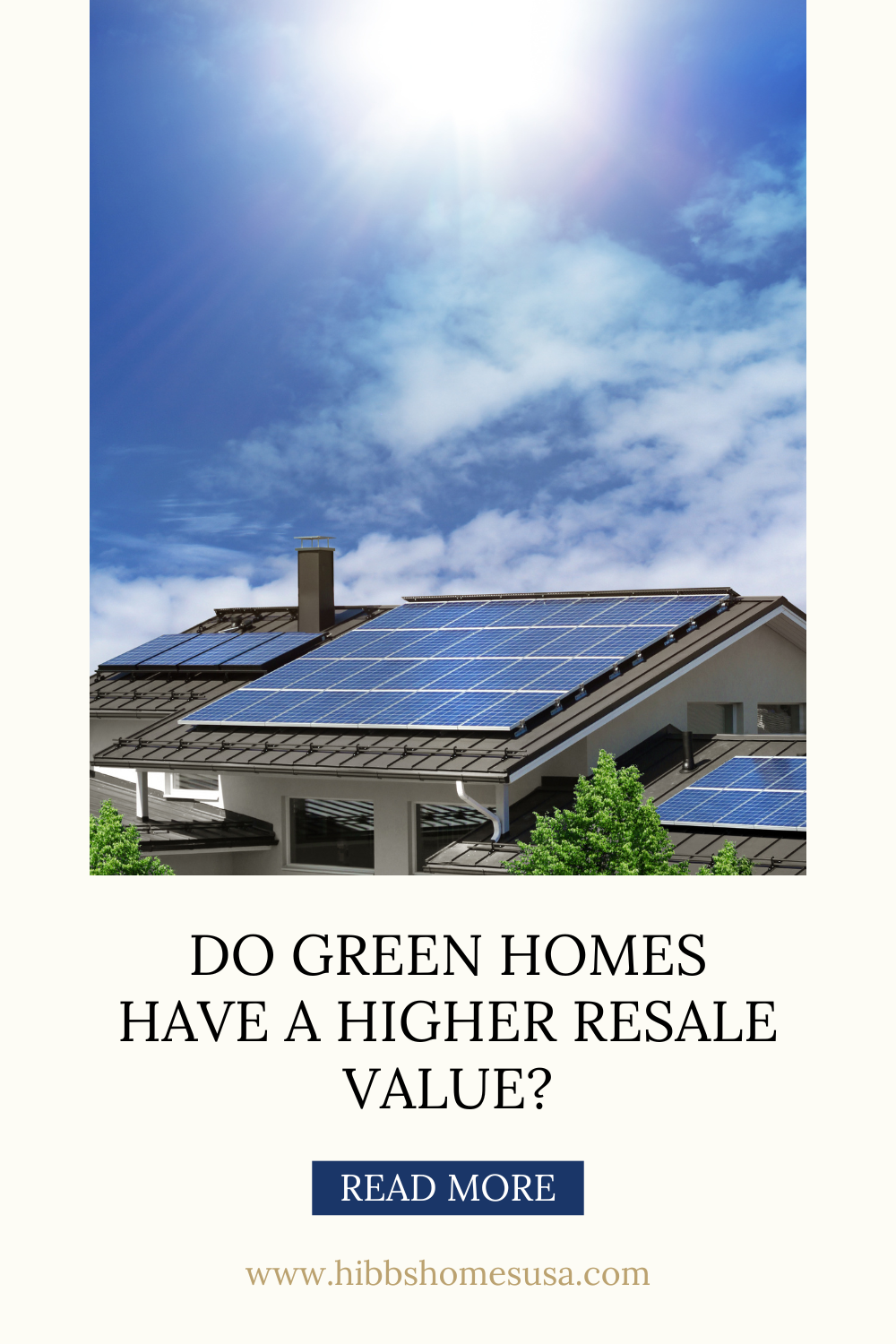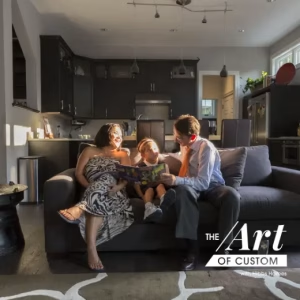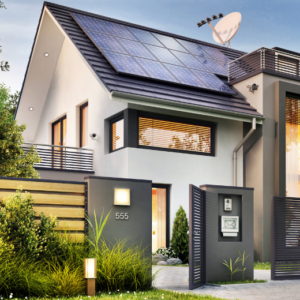Green home building is more than just an industry buzz word, it is a body of home construction techniques and practices that are gaining importance for home builders, homeowners, and homebuyers. Beyond benefits to the environment, building a green home is about crafting homes measurably more energy-efficient, require less maintenance, and are healthier to live in than conventionally-built houses.
More commonly known as high-performance homes, green homes are built using sustainable materials that are more durable than conventional materials to decrease the waste from maintenance and renovations. They are finished with Energy Star-rated appliances and lighting fixtures as well as innovative HVAC and air handling systems to maximize the comfort of the home while minimizing the amount of energy used. They are also built using tighter construction methods, which not only make them more durable but also result in cleaner, healthier indoor air no matter what the conditions are outside.
While high-performance homes are considered by some to be on the leading edge of home building technology, the building codes are starting to catch up with the standards set decades ago by certification boards like EnergySTAR and LEED. Many municipalities are now requiring blower door tests and other energy-efficient inspections as part of their standard building requirements.
Resale Value of Green Homes
These features save homeowners money over the course of time when they are living in the home, but are energy efficiency and sustainability features that increase the resale value of your home?
A 2022 white paper on energy efficiency published by Freddie Mac reported that homes that are rated for energy efficiency sold, on average, for almost 3% or around $35,000 more than comparable unrated homes. Moreover, the higher the rating the higher the resale value. Homes that were better-rated sold for 3-5% more than homes that received a lower rating. This data came from a sample of around 450,000 homes nationwide.

Appraisal Methods for Green Home Building
While increasing in number, the valuation practices for high-performance homes can be tricky if your lender and builder are not used to these building practices. The Appraisal Institute published their first book teaching professionals about how to value green homes in June of 2010, and the number of appraisers who understand high-performance home valuation continues to rise.
Kim Hibbs, president of Hibbs Luxury Homes, explains, "Accurate appraisals for green verified homes are really a challenge right now. Most appraisers don't fully understand the benefits of a green-built home, only made more difficult because it is hard to find comparable homes to help with their analysis. The NAHB and many local HBA's are taking an aggressive approach to help educate appraisers as to the short and long term benefits of these homes." He went on to add, "In many markets, there is now a special category for green homes in the Multiple Listing Service (MLS) which is used by Realtors to search for homes."
Taking into consideration the daily cost of living, the average green home saves the homeowner around $800 a year in living expenses. Take, for example, the course of a standard home loan (30 years): the average green homeowner will save about $24,000 in living expenses, or about $66 per month, during that period of time if you maintain an energy-efficient home, e.g. by replacing appliances, etc. That figure doesn't even account for escalating energy costs during those 30 years. So, you could easily say that an energy-efficient home is worth roughly $24,000 more than a conventionally built home.
Build Your Energy-Efficient Home
Want to learn more about energy efficient home building practices? Read more or contact our expert green home building team!
S7, E4: Building a High-Performance Legacy
S7, E4: Building a High-Performance Legacy LOOKING BACK AT ACTIVE HOUSE & PROUD GREEN HOME We’re revisiting two groundbreaking projects that left a lasting impact not just on our company, …
Tips to Find Tax Credits for Net Zero Homes
Financial Incentives & Tax Credits for Net Zero Homes Many homeowners are interested in making their existing homes more energy efficient not only to reduce their energy bills and reduce …
S6, E10: Designing Your HVAC System for Comfort & Efficiency
S6, E10: Designing Your HVAC for Comfort & Efficiency We’re Not Cooling the Neighborhood: HVAC Comfort & Efficiency It is the best of both worlds – being nice and cozy …
Do Green Homes Have a Higher Resale Value?
Do Green Homes Have a Higher Resale Value? Green home building is more than just an industry buzz word, it is a body of home construction techniques and practices that …
S6, E8: High-Performance Home Foundations
S6, E8: High-Performance Home Excavation & Foundations Your Home’s Foundation: Solid as a Rock More than just a hole in the ground and formed concrete, the excavation and foundation of …
S6, E4: The Materials that Made the Lahaina Miracle House
S5, E4: The Materials That Made The Lahaina Miracle House When Hurricane Dora fanned the flames of a dangerous wildfire on the island of Maui, the world watched as the …






